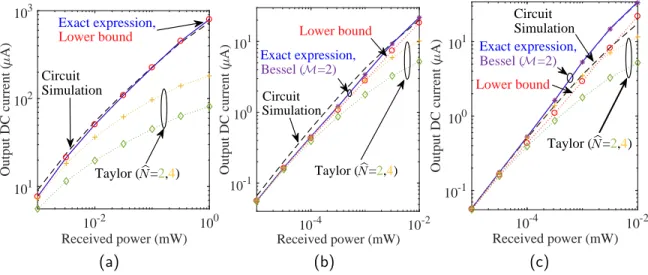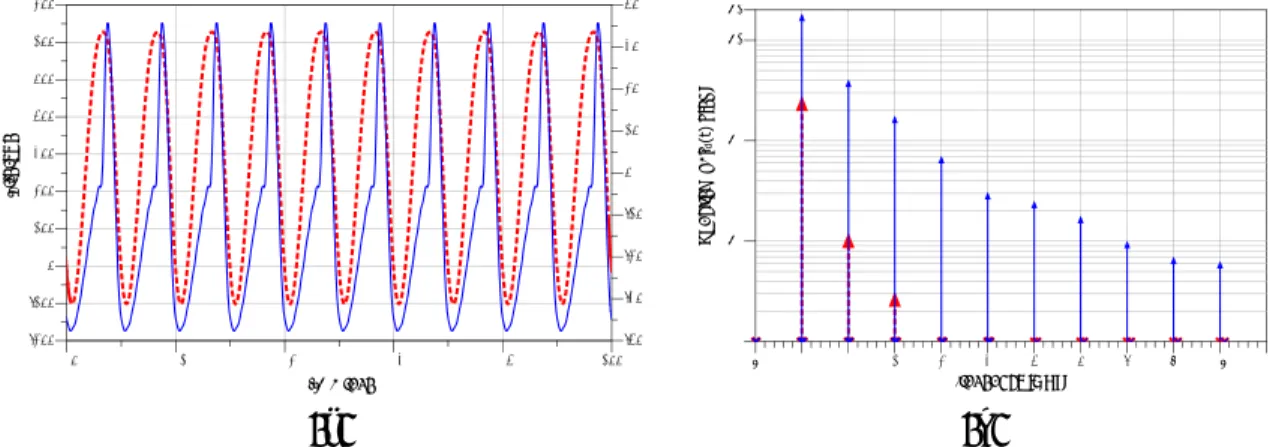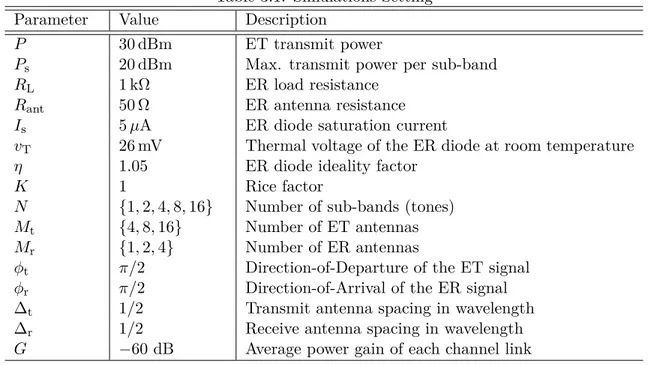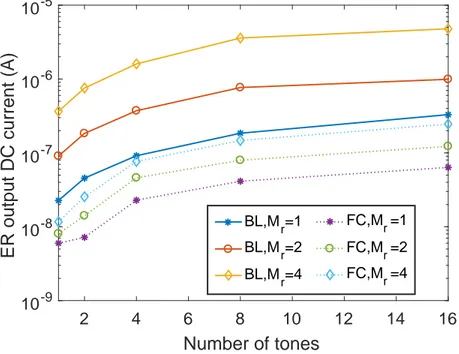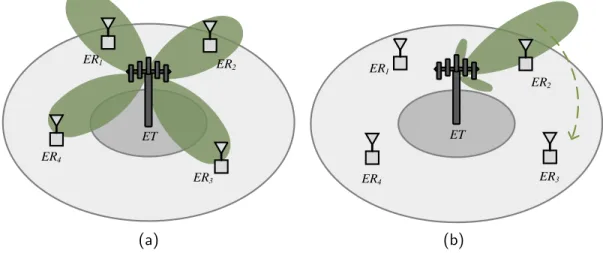Designing dynamic resource allocation mechanisms for wireless powered communication networks.
Texte intégral
Figure
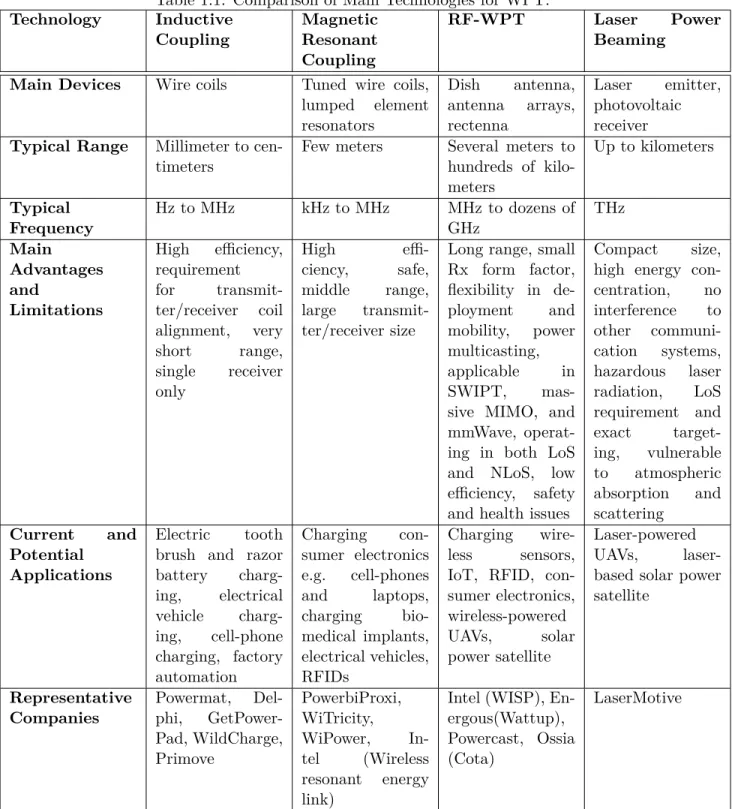
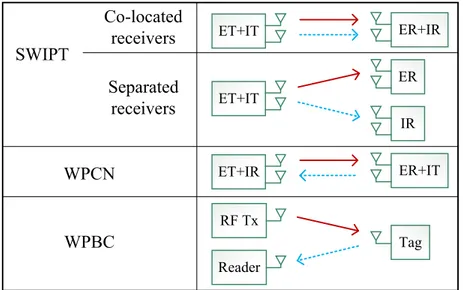
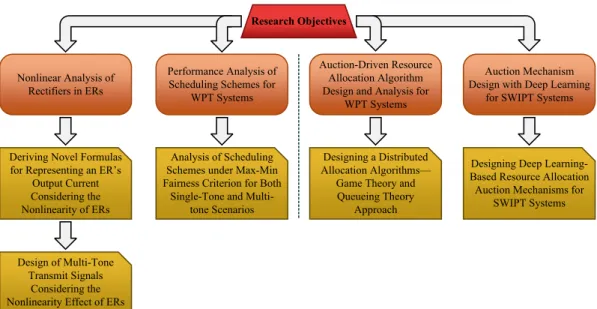
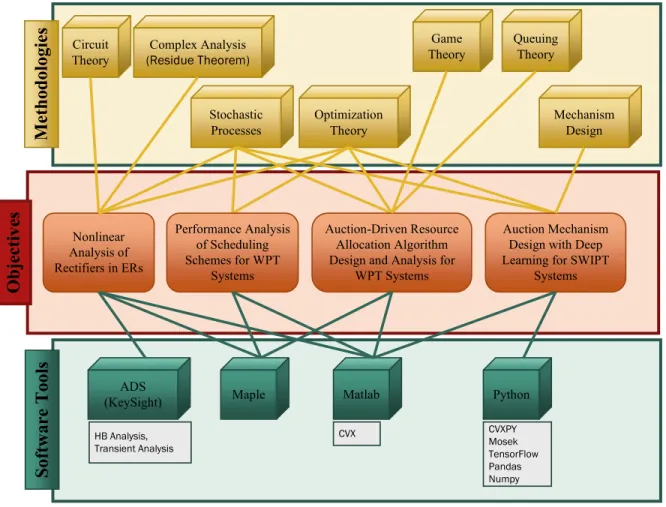
Documents relatifs
We investigated the problem of maximizing the e2e sum throughput of the AF-assisted RWPCN by jointly optimizing the power and time fraction for energy and information transmission.
We have proposed a novel algorithm for joint PA and SA design in FD single cell network which aims to maximize the system sum rate subject to constraints on the power transmis-
1) Selection of L: In principle, the number of local updates L is controlled by UEs to achieve an approximate solution that satisfies certain local accuracy. On the other
Considering WPT and wireless information transfer (WIT) in different slots, we propose a time allocation scheme for optimizing the WPT time duration, power and subchannel
Les deux principaux aspects ´ etudi´ es dans cette th` ese sont : (i) le contrˆ ole de puissance et pr´ ecodage pour le canal d’interf´ erence de telle sorte que la probabilit´ e
Copyright and moral rights for the publications made accessible in the public portal are retained by the authors and/or other copyright owners and it is a condition of
Specifically, we formulate the problem of reserving resources for cloud computing as a constrained Online Convex Optimization (OCO) problem. At each slot, i) an online
We address this multifaceted challenge according to the three broadly adopted approaches in wireless networks: the network-centric approach where power allocation and UE
